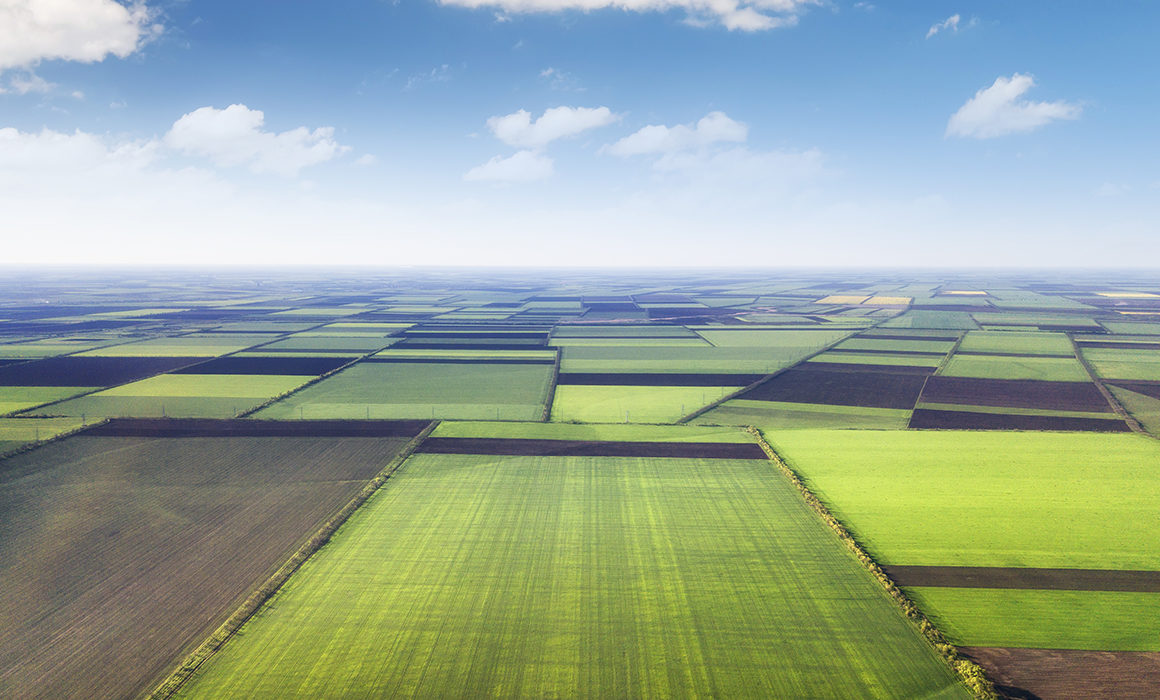The Technion, which has played a key role in greening Israel’s desert, has created a physical model of a corn field to study the impact of high winds on crops.
Agricultural areas with different vegetative height canopies can whip up strong winds that have significant implications for crops. Focusing on transition areas where, for example, an agricultural field meets a forest, the model allows scientists to study the rate at which moisture evaporates, known as evapotranspiration. Their findings could lead to the development of more economical and efficient irrigation plans based on wind forecast models.
Built in the Technion Environmental Wind Tunnel by Assistant Professors Dan Liberzon and Rene Van Hout, the model consists of specially designed elements that represent corn in terms of its porosity to upstream winds. In conjunction with the Technion’s physical model experiments, researchers at the University of Texas at Dallas are conducting computer simulations of a similar flow-canopy system.
The research is funded by the U.S.-Israel Binational Science Foundation with the U.S. National Science Foundation.
